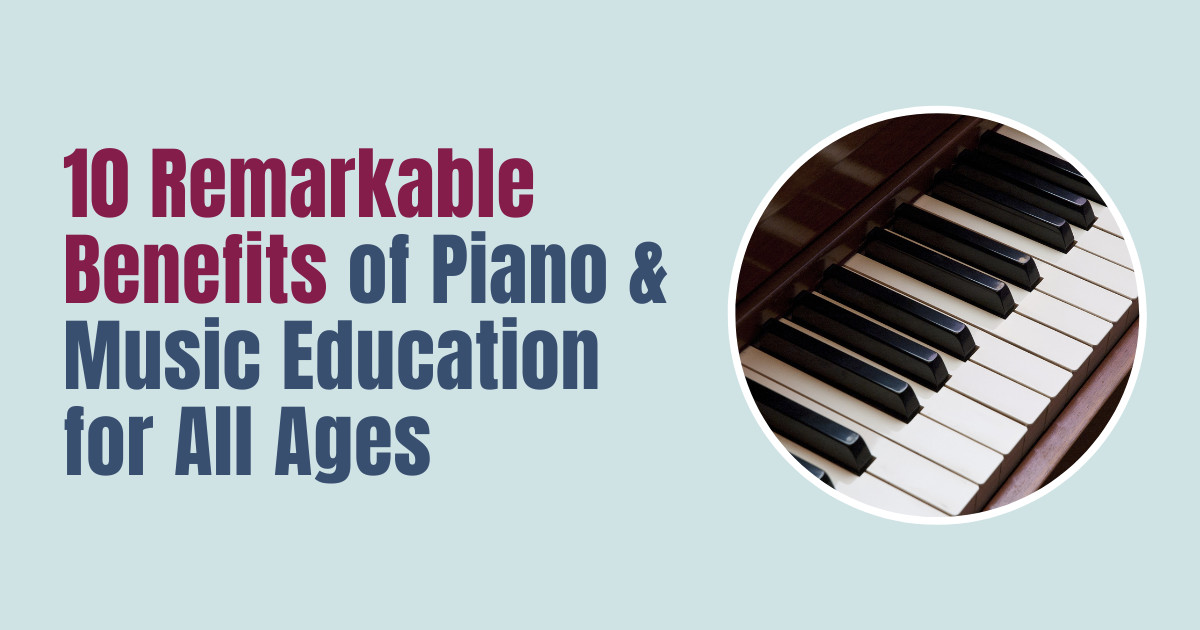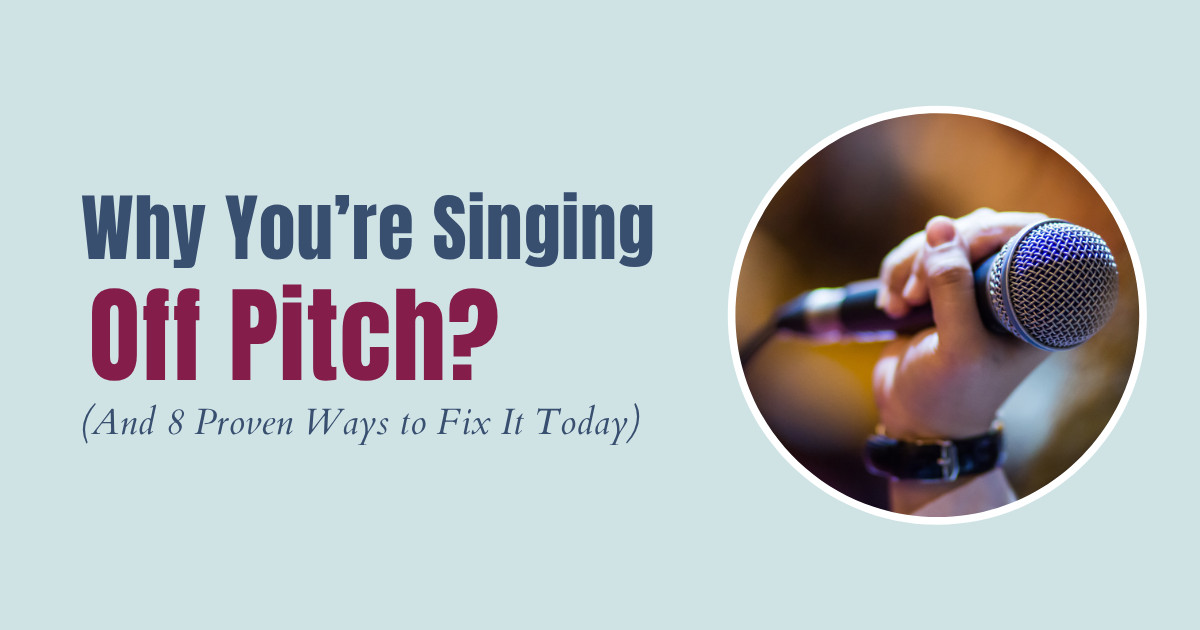If you’ve always dreamed of playing the piano or singing or both but feel overwhelmed or don’t know where to start or up-level, you are in the right place!
Yuliya Borshchova is a forward-thinking Musician and Educator who helps others discover and master music as a language by merging Piano and Voice together so that You can express yourself beyond the limits.
Read Yuliya's personal story of becoming a musician and educator here
If you have questions about how you can work together with Yuliya, click the button below to get in touch.




